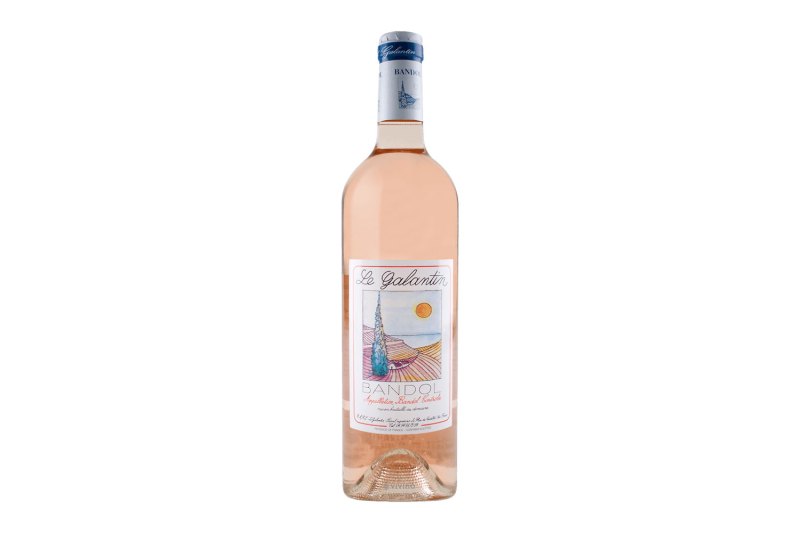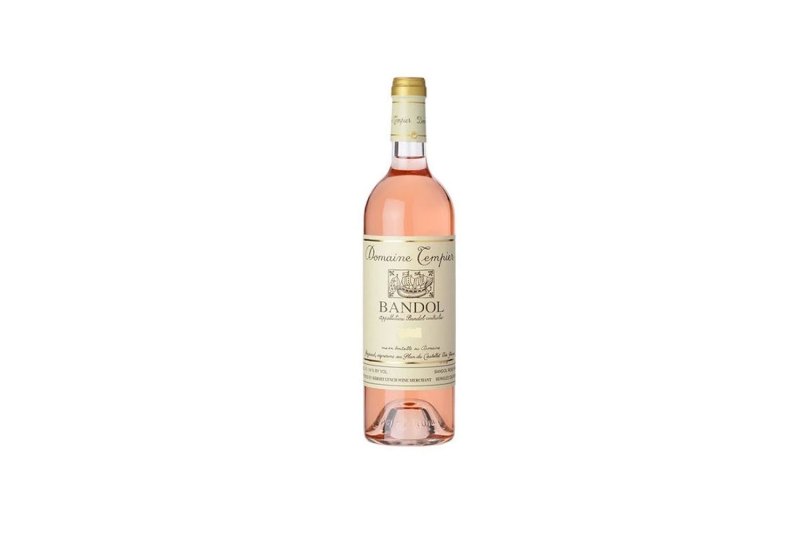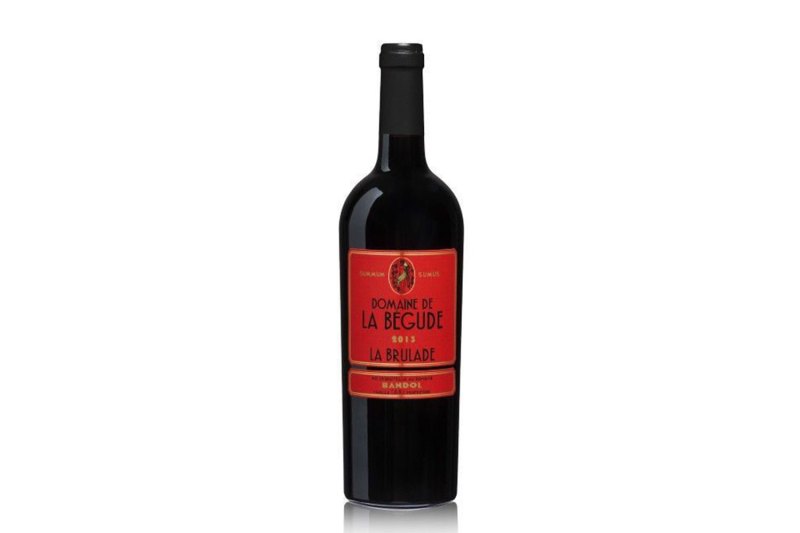When it comes to rosé wine, Provence is global royalty. The sea-and-sun-kissed French region along the Mediterranean pretty much invented the salmon-colored, bone-dry style we all adore, especially during the warmer days of spring and summer.
Within Provence is a wine region called Bandol, situated around the eponymous fishing town and made up of eight wine-loving communes. Here, the summers are warm, the soils are full of limestone, and the marine climate is ideal for grape varieties that like to take their sweet time ripening on the vine.
Such grapes include Mourvèdre, Grenache, and Cinsault, a trio that Bandol has made famous. The soils keep yields low and the vineyard rows are handpicked, set along steep aspects that overlook the sea. And while expressive pink wines are what most associate with Bandol, the region also turns out some quality white and red wines. In fact, a lot of wine minds argue that some of the best and most opulent reds to come out of southern France do so here.
Anybody who’s hopped on the rosé train of late knows that the stuff is no longer fussy. In fact, pink wine never really should have been that way in the first place. Historically, in a lot of places, it was usually the end result of either the weakest vineyard rows or the least-favorable first-pressings in the cellar. It’s refreshing to see decent options in boxes, cans, and the like. In Provence, glass and cork is still the go-to method of bottling rosé, but it’s not often a wine that talking heads like to debate at length about.

I like to think of rosé as simply popular and every-reliable in places like Bandol. It’s enjoyed by everybody from tourists with cheese and charcuterie boards to working-class fisherman after a day on the water. When you order a cold one in middle America, you get a Budweiser. When you order the same in coastal southern France, you get a satisfying pink wine or refreshing red. Think less Monaco and yacht culture and more quaint village with charm and a wine scene that punches above its weight. Which isn’t to say it’s not lauded, nor without its own rigorous customs (the rosé, for instance, can’t be sold until March of every year).
Brent Braun is the sommelier at acclaimed Portland restaurant Castagna. He’s also in charge of the cellar at sister wine bar and restaurant, OK Omens, which is conveniently set right next door. Braun has garnered lots of positive attention for his eclectic wine taste and food-friendly selections, including being named on Food & Wine’s esteemed Sommelier of the Year list in 2017.
While the rosé of Bandol is fantastic, Braun is especially drawn to the region’s reds. “I think of red Bandol as one of the great crossover wines,” he says. “For New World drinkers who are diving into French wines, it’s perfect because it has weight and fruit but it’s also unmistakably Old World with earth, lavender, herb, and animal. And because of the limestone soils, they tend to drink with more freshness than other full-bodied Old World reds like Châteauneuf-du-Pape.”
Braun is not alone. Industry types have gravitated toward Bandol for a while now. And for good reason, as the rosé’s tend to offer more texture and vigor while the reds, as mentioned, offer both an accessibility and textbook tasting notes associate with the old country.
Here are a few Bandol wines worthy of your attention:
Domaine Le Galantin

On top of a beautiful label that could double as a department of tourism poster for the entire region, Domaine Le Galantin makes a mean rosé, no matter the vintage. Made primarily from Mourvèdre, as is typical in the region, this wine benefits from stainless steel aging and zero malolactic fermentation, meaning it’s as bright as a just-picked peach.
Domaine Tempier

Domaine Tempier is an iconic Bandol producer, a family operation that really put the place on the map a few generations back. Folks in France and well beyond know what the Peyraud clan means to the wine scene in Provence. While the whole lineup is impressive, the rosé is a model citizen, macerated at a lower temperature and yielding a wine with an obvious intensity and fantastic integration.
Domaine de la Bégude

For starters, it’s incredibly cool that Domaine de la Bégude’s wines cellar in the building dates from the 7th century. Better still, the wines are stunning reflections of the Bandol scene. The label’s standard issue red is as inviting as they come, made from roughly 40-year-old vines and hit with a touch of 10% Grenache. It has great structure, style, and finesse, with extracted flavors that resonate for a long, long time.


